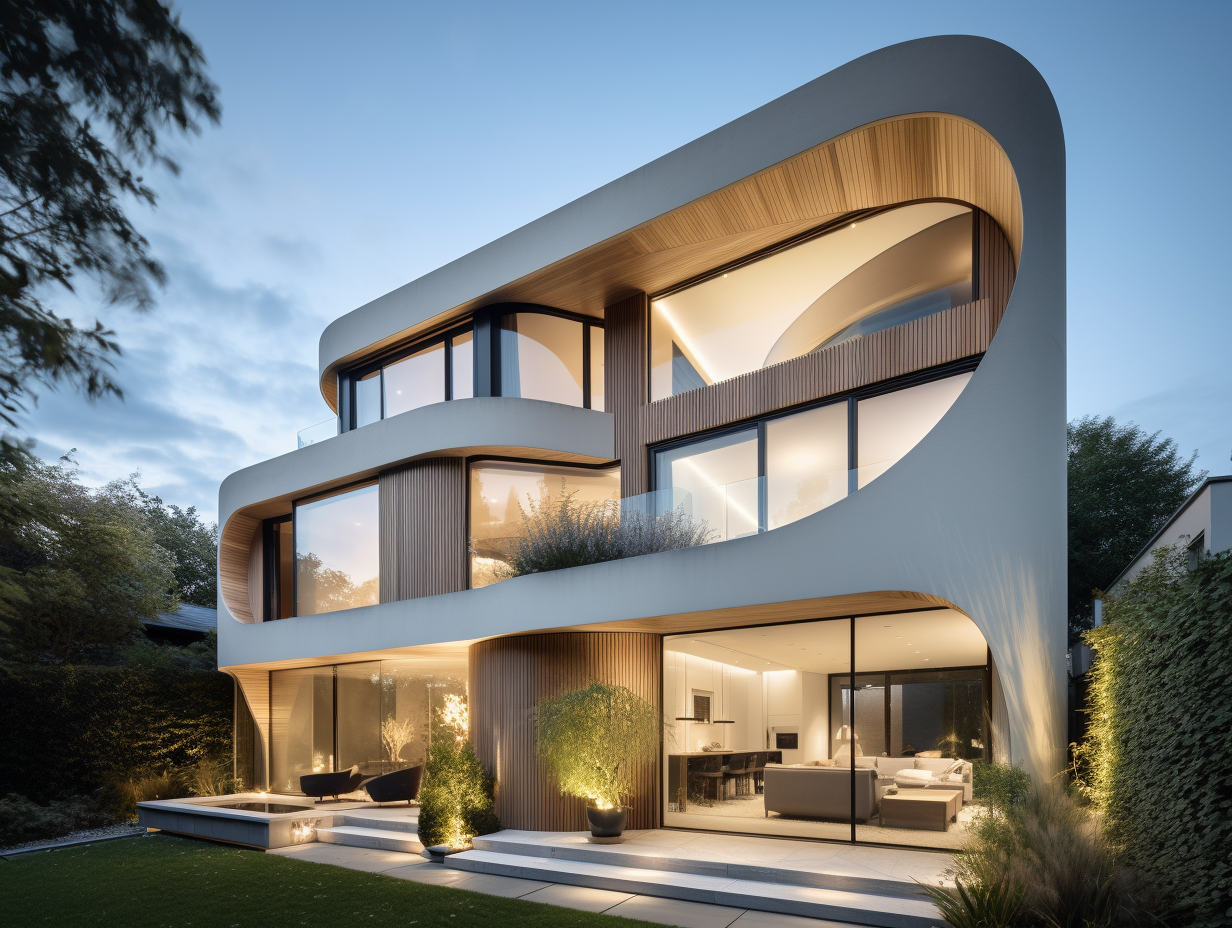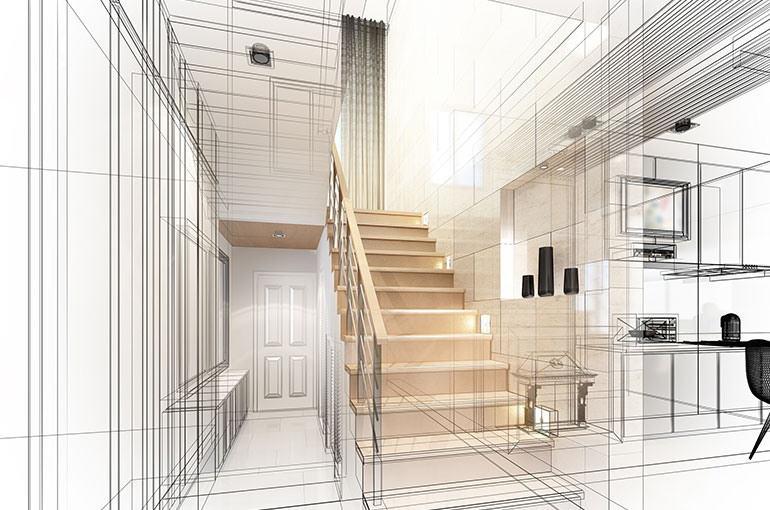Understanding the Collaborative Process In Between Architects and Designers in Modern Building And Construction Projects
The collaborative procedure between designers and engineers is vital in contemporary building jobs, as it harmonizes design intent with engineering expediency. Checking out these dynamics reveals insights that could dramatically impact task end results and total market standards.
The Significance of Collaboration
The collaborative harmony in between designers and engineers is vital for the successful understanding of any type of building project. This partnership combines distinct know-how and perspectives, enabling the combination of ingenious style with functional design remedies. By interacting, designers and engineers can make sure that a job not just fulfills visual and practical needs yet also abides by safety, sustainability, and financial restrictions.
Partnership cultivates a common vision, facilitating the placement of goals and expectations from the outset. This placement is vital in addressing prospective difficulties and mitigating risks that could develop during the task lifecycle. A collective technique permits for the efficient allotment of resources, maximizing both time and price.
The importance of partnership reaches the repetitive procedure of layout and building and construction, where feedback from engineers can inform architectural decisions, causing even more practical and lasting layouts. Alternatively, engineers can motivate designers to assume artistically about how to achieve structural integrity without compromising artistic intent. Ultimately, the collaborative relationship between architects and engineers is not merely advantageous; it is fundamental to the creation of top notch, practical, and ingenious developed atmospheres that meet the needs of society.
Communication Techniques and Devices
Effective communication strategies and devices are essential for cultivating cooperation between architects and engineers throughout the project lifecycle. Establishing clear channels of communication is important to guarantee that all staff member are straightened with job goals, timelines, and responsibilities. Regular meetings, both in-person and virtual, offer possibilities for stakeholders to go over progression, address worries, and make informed decisions.

Additionally, taking on collective interaction tools, such as Slack or Microsoft Teams, permits for instant messaging, documents sharing, and continuous conversations, advertising a more active feedback to emerging issues. Record management systems likewise play an essential function in arranging task documentation, making sure that all employee have access to the most up to date details.
Shared Goals and Project Vision
A combined job vision acts as the structure for effective collaboration between designers and engineers (cda architects). This common vision not just straightens the efforts of both celebrations yet also establishes a common framework for decision-making throughout the project's lifecycle. By articulating clear goals, stakeholders can efficiently navigate the complexities of modern building jobs, guaranteeing that both aesthetic and functional requirements are met
Establishing common objectives entails open discussion and a detailed understanding of each technique's payments. Designers normally concentrate on style intent, spatial connections, and user experience, while engineers stress architectural stability, systems performance, and compliance with policies. When these perspectives are aligned, the outcome is a natural job that sticks to both creative aspirations and technical feasibility.
In addition, a distinct project vision fosters liability amongst employee, urging each individual to take ownership of their duty in accomplishing the preferred outcome. Normal check-ins and collective workshops can further enhance this commitment, permitting changes to be made as the task develops. Ultimately, a common vision not only enhances teamwork however also elevates the high quality of the final deliverable, bring about effective project conclusion.
The Role of Technology
Leveraging technology has actually become essential in boosting collaboration in between designers and designers. The integration of innovative software devices facilitates real-time interaction and information sharing, making it possible for teams to function much more efficiently and properly. Building Details Modeling (BIM) stands apart as a crucial technology, enabling both engineers and engineers to produce detailed 3D designs that envelop layout intent and structural honesty. This common graph lessens misconceptions and improves the decision-making process.
Additionally, cloud-based systems allow smooth partnership, enabling job stakeholders to access and update task information from anywhere. This promotes a culture their website of openness and liability, as modifications can be tracked and evaluated in real-time. Additionally, mobile applications further boost interaction, giving on-site groups with instant access to project specifications and updates.
Arising modern technologies such as expert system and artificial intelligence are likewise beginning to play a role in anticipating evaluation, helping groups determine potential problems before they arise. Inevitably, the function of technology in architecture-engineering cooperation not just improves operations performances but additionally improves development, leading to even more successful task outcomes. By embracing these technical developments, engineers and engineers can guarantee an extra natural and efficient collective process throughout the building lifecycle.
Instance Researches in Effective Collaborations
Countless instance research studies highlight the extensive influence of effective partnerships in between engineers and designers on project outcomes. One remarkable instance is the partnership on the High Line in New York City, where landscape architects, designers, and metropolitan organizers interacted to change an abandoned railway into a lively public park. This multidisciplinary technique not only boosted the visual quality but also made certain architectural safety and environmental sustainability.

The Burj Khalifa in Dubai better shows the relevance of joint initiatives - cda architects. The assimilation of design and engineering knowledge enabled the job group to achieve unprecedented elevations while sticking to safety laws and visual vision
These examples highlight the significance of see it here interaction, depend on, and shared objectives. In today's intricate building and construction atmosphere, such collaborations are necessary to browsing difficulties and providing projects that meet both practical and visionary objectives.
Verdict
In verdict, the cooperation in between engineers and designers is necessary for the success of modern-day construction tasks. Reliable interaction strategies, a common project vision, and the integration of advanced innovations are vital components that promote this collaboration.
 Haley Joel Osment Then & Now!
Haley Joel Osment Then & Now! Jonathan Lipnicki Then & Now!
Jonathan Lipnicki Then & Now! Josh Saviano Then & Now!
Josh Saviano Then & Now! Mike Vitar Then & Now!
Mike Vitar Then & Now! Rossy de Palma Then & Now!
Rossy de Palma Then & Now!